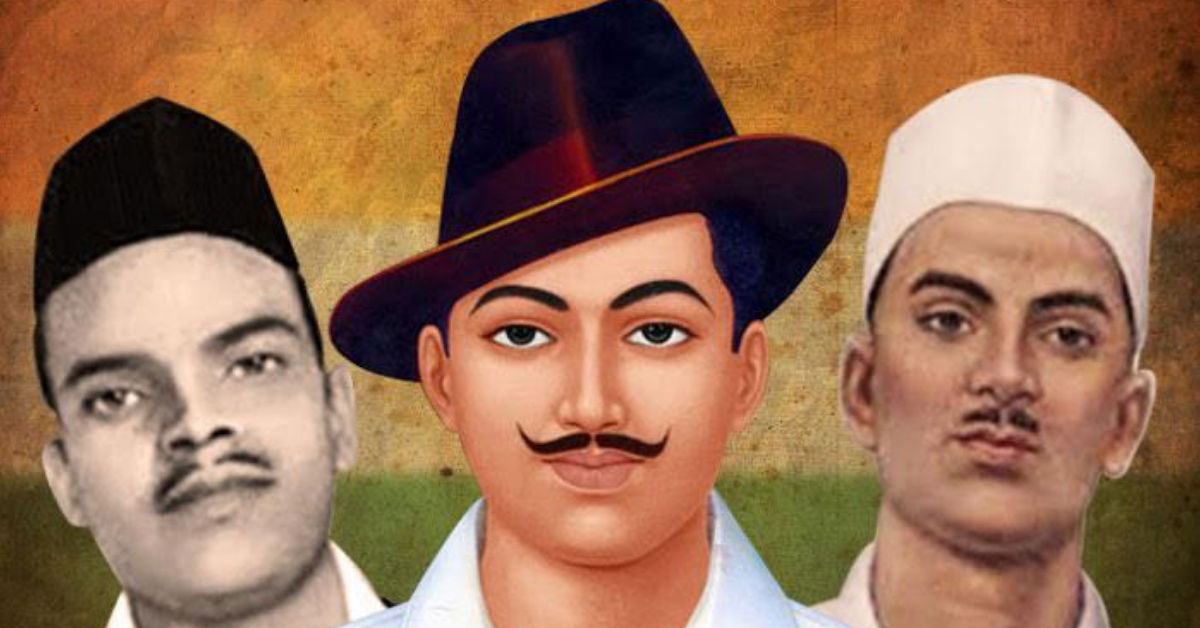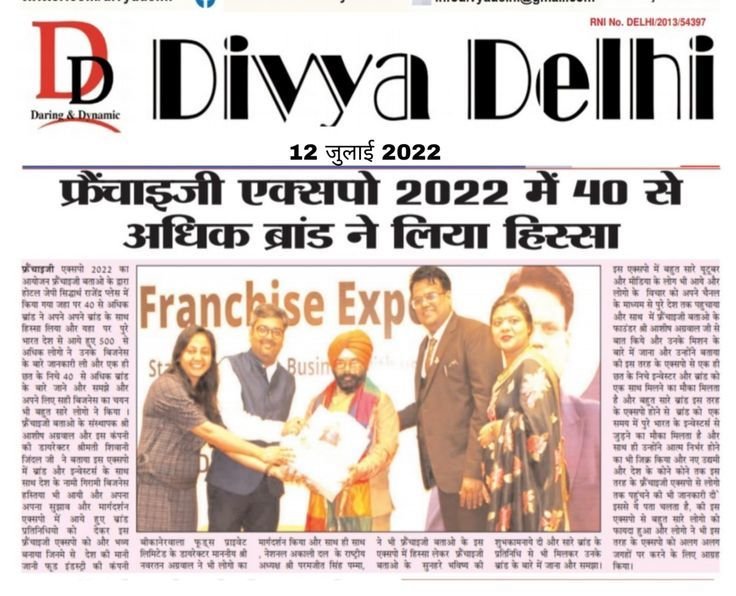
Divya Delhi: Historical heroes' martyrdom and faith must be taught to youth. This should enlighten India's future. On Earth, many people are born instantly. The five elements stem from their contributions to Earth. Very few people are immortalized from birth to death. A day early on March 23, 1931, Lahore Central jail executed revolutionaries Bhagat Singh, Rajguru, and Sukhdev. The martyrdom of these brave revolutionaries symbolizes our nation's fight and selflessness. Social growth and peace are achievable for all. A society without negativity, hatred, blind religious dedication, caste division, or neglecting to thank their opponent before hanging has always been envisioned. Historical heroes' martyrdom and faith must be taught to youth. This should enlighten India's future. His 23 years and 176 days of existence and thought are often addressed. Why did Bhagat Singh carry a gun and book? He actively joined Saunders' murder squad. Why? After the Central Assembly bombing, how did you stop running? How did Bhagat Singh's cross-examination inspire lawyers and freedom fighters? Shaheed-e-Azam grinned and hanged for India? Jail letters illustrate which aspect of Bhagat Singh's personality and thinking? Bhagat Singh pursued India 24/7. Claimed atheism. His jailhouse article explained his atheism. This Lahore daily, The People, published this item six months after Bhagat Singh's execution on September 27, 1931. He argues well, but Shaheed-e-Azam Bhagat Singh sacrificed himself for India. He trusted India and its people solely. Imagine a 23-year-old in a prison cell for hours to be executed. What would he think? Bhagat Singh and his friends grinned at the gallows to respect India. The FIR for the British officer Saunders murder, in which he, Rajguru, and Sukhdev were executed, did not name him. Urdu FIR was registered at Anarkali police station in Lahore at 4:30 pm on December 17, 1928. FIR cites two unknowns. He apparently participated in a Saunders assassination plot. The massive plan involved not running after bombing the Delhi assembly. Revolutionaries mobilized Indians against British rule through court cross-examination. Their happy faces on the death noose reduced British police, jail, and death phobia among the common man.
- Education(151)
- India(774)
- Entertainment(401)
- Sports(273)
- Business(227)
- Bollywood Hollywood(95)
- International(196)
- Life & Style(91)
- Opinion(139)
- Educational(5)
- Crime(7)
- Technical(6)
- World(18)


